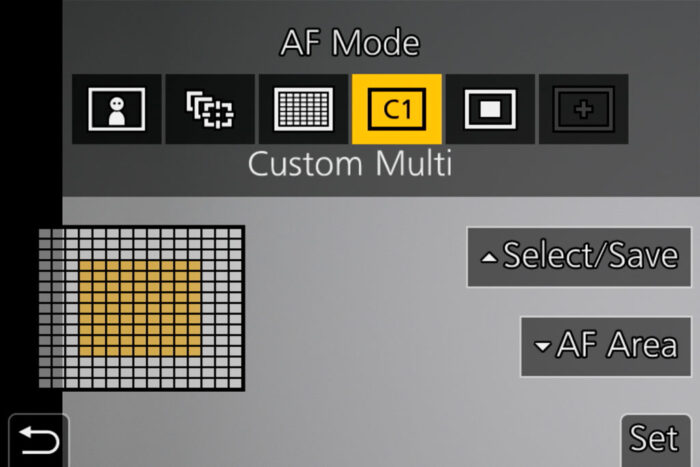Agree mostly with what said. My pet peeve with some DSLR to m4/3 requests was the ability to do exposure compensation in manual mode with auto ISO on. To me! this must be the most oxymoron thing to do. Why shoot in manual mode then?
Manual exposure mode allows you to select the exact shutter speed and aperture that you want, and with auto-ISO enabled exposure compensation effectively allows you to adjust ISO in a more convenient way. This obviously depends on whether the camera in question allows you to do this and whether it is more convenient than simply adjusting ISO.
I have used this very effectively in a theatre environment where lighting changes rapidly and unpredictably - most of the time normal exposure (M mode, Auto-ISO enabled) works fine, but if you need to very quickly change the exposure then it is handy to have the ability to do so via EC.
I fail to see what you are leading to. Both of my E-M1 I and II don't event have EC (+/-) dedicated button; my DSLR E-3 and E-5 do have them.
On either E-M1 bodies, in M-Mode,
with Live View Boost set to "Off", Lever-1 is the EC adjustment. The back wheel adjusts the shutter speed and the front adjust the aperture. I you rock back and forth either of these wheels, the view in your EVF or on the back LCD changes from dark to bright as the exposure is compensated according the the rapid light changing condition, very conveniently. I can't think of a situation, where I need a dedicated (+/-) EC function.
If you switch to Lever-2, rocking back and forth the front wheel will change the ISO which in turn shows your LCD or EVF going from dark to bright or vice versa. The front wheel in this case, is my (+/-) button. The new E-M1X and E-M1 III do have the dedicated ISO button, so that is kind of third EC option in M-Mode.
I can only speak of OMD m43 bodies and maybe that is where you and I don't see the common ground.








